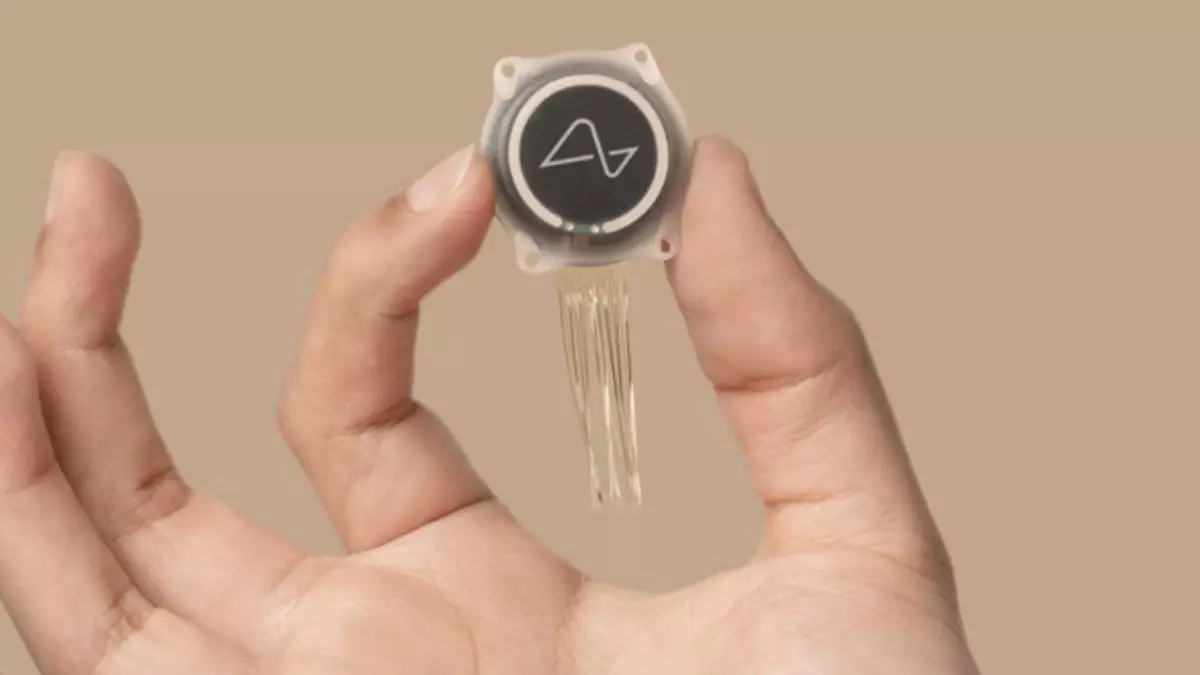As Neuralink, the neurotechnology company founded by Elon Musk, makes headlines with its latest brain implant known as Blindsight, the conversation surrounding its potential continues to grow louder. Recently recognized with Breakthrough Device Designation by the FDA, the device is inspired by science fiction characters like Geordi La Forge from Star Trek, who famously possessed enhanced vision. Yet, amid the excitement, important questions arise about the feasibility and implications of such technology.
Musk has articulated an ambitious vision for the Blindsight device: it aims to restore vision not only to those who have lost it due to accidents or illness but also potentially to individuals who have been blind from birth. The device reportedly involves implanting a microelectrode array into the visual cortex, enabling stimulation of neurons to facilitate vision. This approach is noteworthy, though not entirely groundbreaking, as similar techniques have been explored in the past.
The FDA’s endorsement, categorizing Blindsight as a Breakthrough Device, is a significant milestone. It suggests that the agency recognizes the potential of this technology to address critical healthcare needs. Under this status, devices that treat serious conditions can expect expedited development and review processes, reflecting the urgency of addressing such conditions.
While the concept of giving sight to the blind is undoubtedly thrilling, the reality appears more nuanced. Musk candidly noted that the initial outcome of using Blindsight may resemble “low resolution, like Atari graphics.” This admission raises eyebrows, considering that even vintage video game graphics boast over 30,000 pixels—far more than what might be achievable with conventional electrode systems.
Furthermore, providing vision to those who are blind from birth involves complexities beyond mere technology; it intersects significantly with biological and cognitive development. For individuals who have never experienced sight, the brain pathways that ordinarily interpret visual input may not be present, which means they might struggle to comprehend what “seeing” entails. This presents a fundamental challenge that Musk’s enthusiasm seems to overlook, leading to confusion and misconceptions within the blind community.
The limitations of current technology cannot be ignored. Previous iterations of brain implants have been hampered by insufficient electrode density, which inherently restricts the quality of the feedback provided to the brain. Neuralink may be advancing in this area, but making significant strides will take time. The ambition to surpass natural vision capabilities, including seeing in infrared or ultraviolet spectra as Musk suggests, remains in the realm of speculation—suggesting that such advancements are far from guaranteed.
Moreover, ethical concerns loom large over the prospects of such technology. As more information emerges about Blindsight, dialogues about consent, accessibility, and the rights of individuals with disabilities are increasingly relevant. While the intention behind the technology is commendable, the societal impact warrants careful examination. Will this technology create new disparities between those who can afford such advancements and those who cannot?
Musk is known for his bold claims and grand ambitions, which often overshadow the inevitable hurdles of innovation. While his ventures—like SpaceX—have realized significant achievements, it is crucial to recognize the challenges and ethical considerations that accompany such advancements in healthcare. As Neuralink continues its journey to advance neurotechnology, it must do so with a commitment to transparency and sensitivity toward the communities it aims to serve.
The notion of seeing for the first time is indeed a tantalizing prospect, but the conversation surrounding Blindsight should not only celebrate the potential but also grapple with the very real obstacles and implications involved. For the technology to truly be groundbreaking, it must not only change the conversation about vision restoration but also uphold the dignity and nuanced needs of those it is designed to help.


Leave a Reply